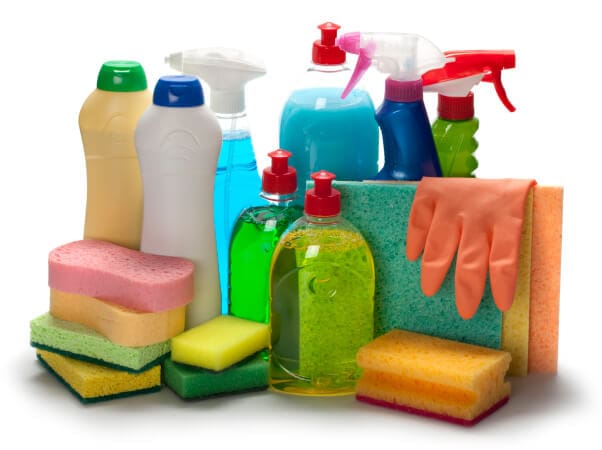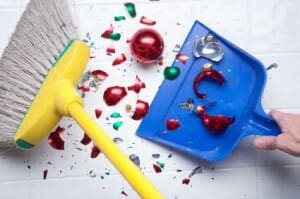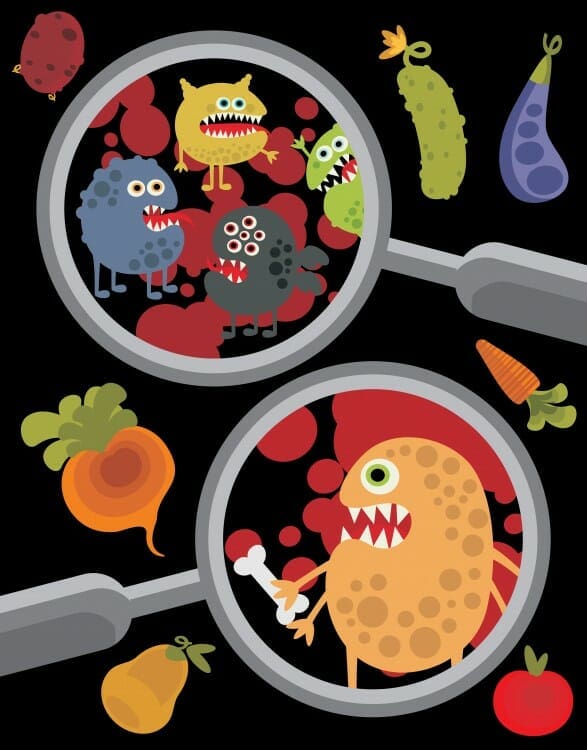 From paper mâché to play dough, crafting is a great bonding exercise for parents and children. Age-appropriate arts and crafts projects also give kids to the chance to unleash their creative energies in a constructive way.
From paper mâché to play dough, crafting is a great bonding exercise for parents and children. Age-appropriate arts and crafts projects also give kids to the chance to unleash their creative energies in a constructive way.
As much as we love crafting, the clean-up afterward can definitely be a chore. Fortunately, there are ways you can prepare your work space to make cleaning up easier and deal with any accidents that may occur.
Cover up!
Protect any areas that will get messy during craft time – this includes the workspace, any cleaning/drying stations and yourself.
Cover tables with a vinyl table cloth or shower curtain. These can be easily washed. (Avoid using newspapers, which can allow liquids and glue to soak through). Wear a canvas apron to protect your clothing. For some crafts, it may be advisable to wear rubber or latex gloves.
Keep cleaning products handy
The best way to limit the spread of messes is to keep cleaning products close to your work surface. For painting projects, keep a tub of water nearby, placing paint brushes, sponges, stencils, and other items in there as soon as you’re done using them.
Consider keeping a container of baby wipes or disinfectant towels near your craft area. These are handy for quick clean ups.
Be prepared for stains and spills
-Use a lint roller with disposable adhesive panels for all sorts of tiny objects, like glitter.
-To remove ink pen stains from clothing or walls, try using hair spray. You can also try blotting the area with rubbing alcohol.
-To remove glue stains on fabrics, wash article in warm, soapy water. To remove stuck-on glue from hard surfaces, try dabbing on a little vegetable oil, let sit for a few minutes and rub off gently.
-Acrylic or tempura paint stains should be cleaned while they’re still wet. To remove paint from clothes and carpets, dab the fabric with a damp cloth to soak up as much paint as possible. If the stain persists, dab with rubbing alcohol. For paint on walls and hard floors, wash the surface with warm, soapy water.
-For crayon stains on fabrics, try spraying a little bit of WD40 (a spray lubricant) onto the spot and dab clean with rag, then wash the area with liquid dishwashing soap and water.
Get the kids involved
Clean up is an important part of crafting, and kids should lend a hand. Assign your child chores appropriate to their age level, such as putting away supplies, cleaning the work station or throwing out any garbage. When all is said and down, don’t forget to display your child’s masterpiece somewhere everyone can see it!












